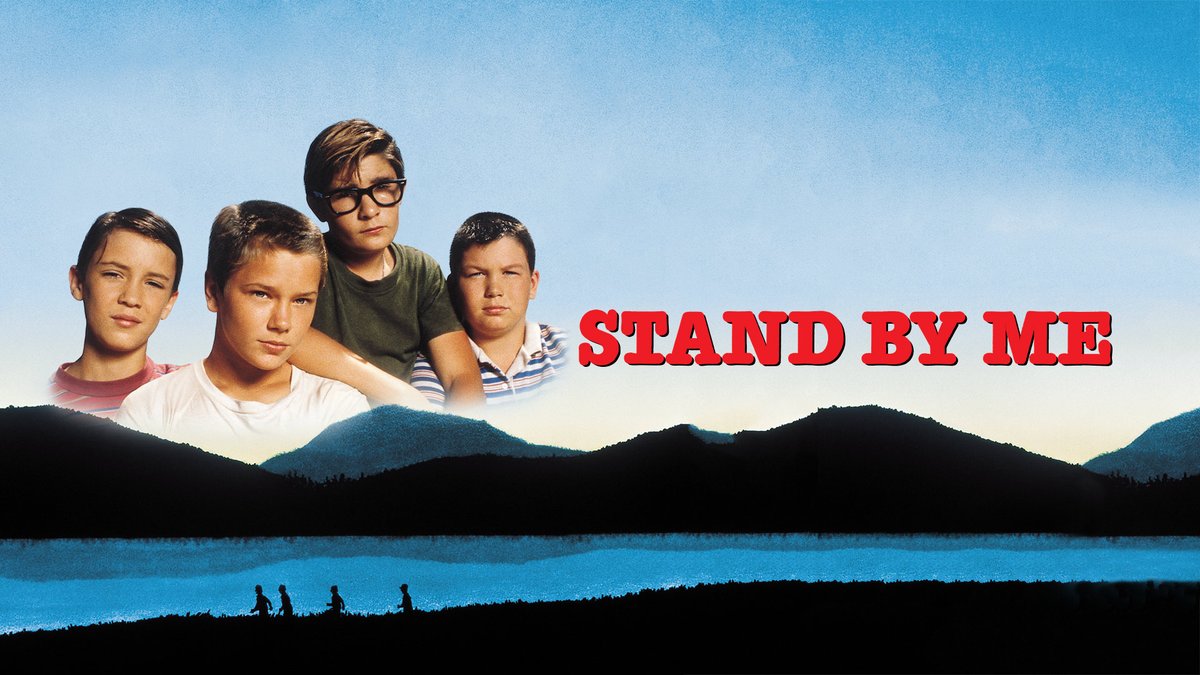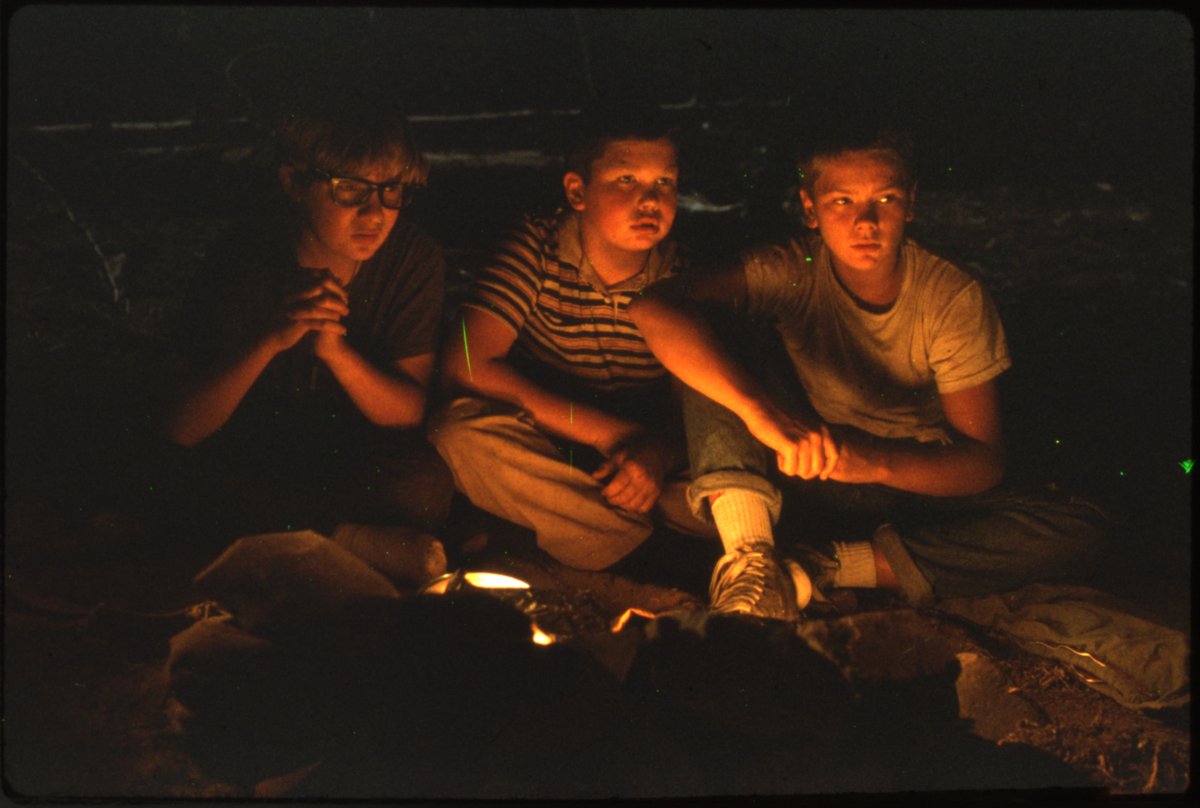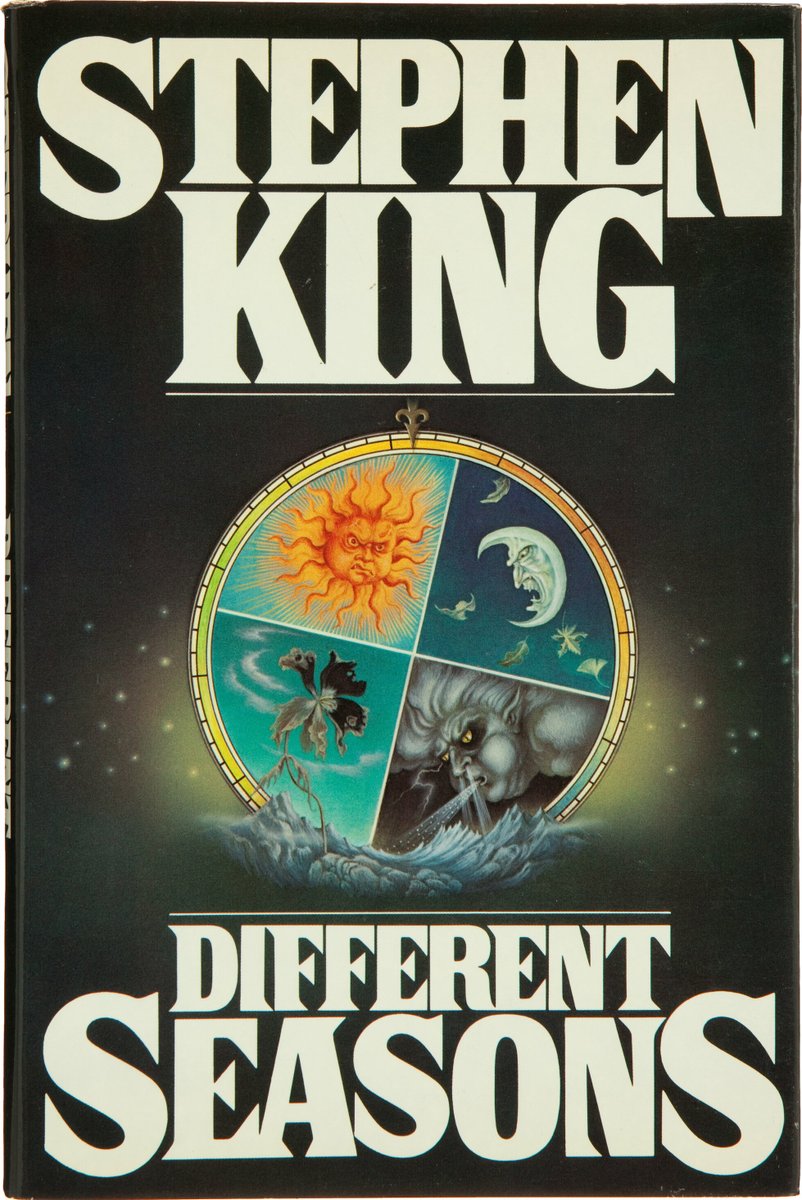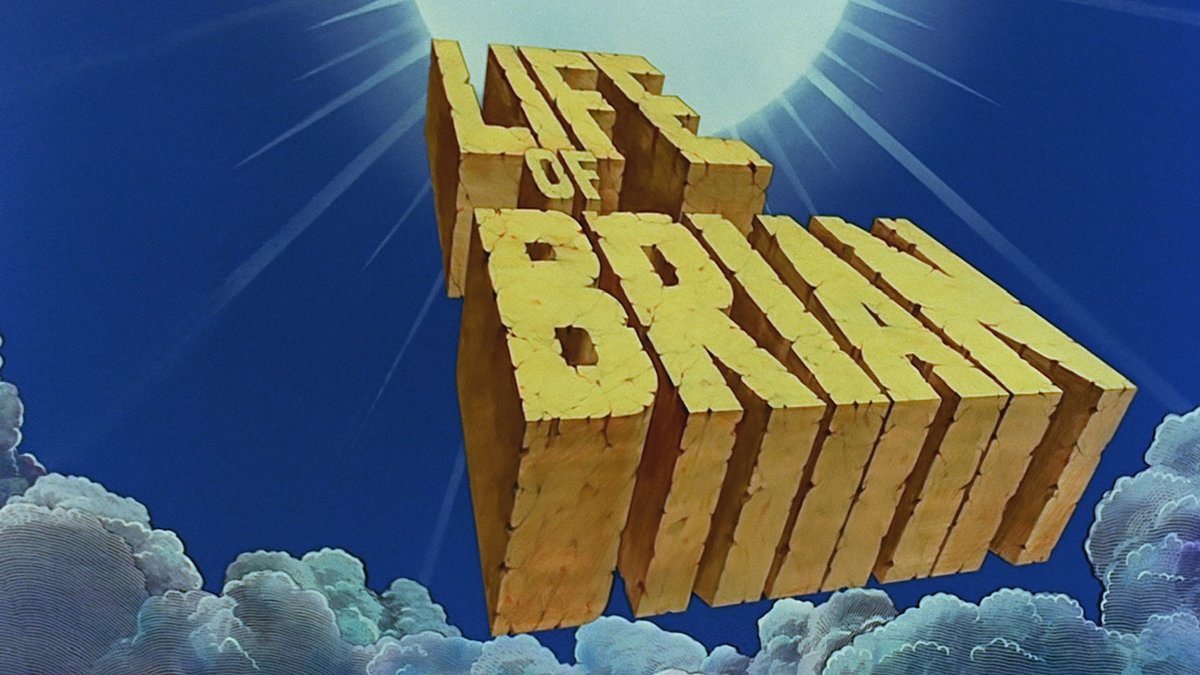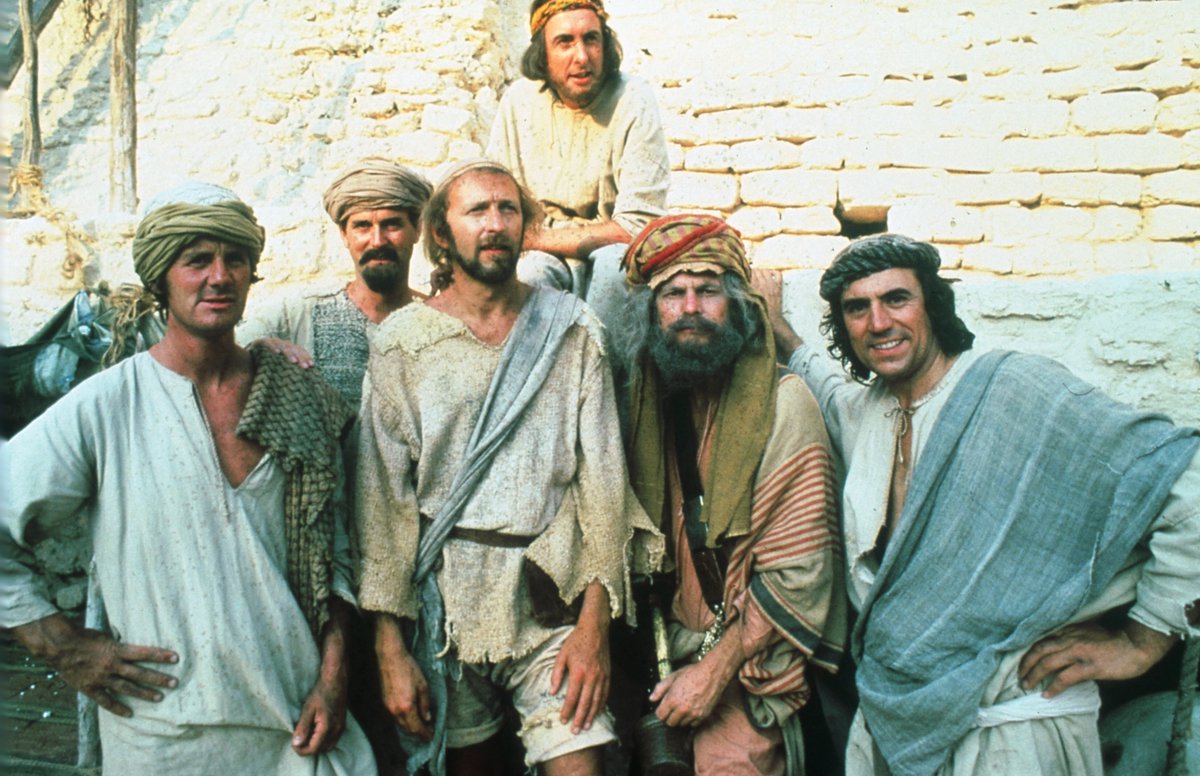THE WIZARD OF OZ was released 86 years ago today. One of the most influential movies ever made, and the film that catapulted the career of Hollywood icon Judy Garland, the story of how it was made will have you heading for the yellow brick road…
1/58



1/58




In 1900, author L. Frank Baum published his latest book. A children’s fantasy called The Wonderful Wizard of Oz, it would sit at the top of best-seller lists for over two years, and spawn thirteen sequels. The film industry was in its infancy, but took notice.
2/58

2/58


The first major screen adaptation came as a 15-minute 1910 film of which so little is known, the director, writer and cast have never been confirmed. A version co- written by Baum’s son, L. Frank Baum Jr, came in 1925 and was followed by a 1933 animated version.
3/58



3/58




None of the screen versions of Oz caused much of a stir, and movie interest cooled slightly, Then, in 1937, Disney’s Snow White and the Seven Dwarfs released. A huge hit and milestone in big filmmaking, it reignited Hollywood interest in adapting children’s stories.
4/58

4/58


In 1938, three studio giants – MGM, 20th Century Fox and Universal Pictures – entered a bidding war for the rights to Baum’s original novel. MGM came out on top by paying $75,000 – an astronomical figure for book-to-movie rights at the time.
5/58


5/58



Producer Mervyn LeRoy was hired by MGM to produce The Wizard of Oz, and he hired screenwriter Herman J. Mankiewicz to adapt the book. By the time a shooting script was ready, 14 separate writers had contributed to the screenplay.
6/58

6/58


The director journey was just as chaotic. The first person LeRoy hired was Richard Thorpe, who had a long MGM career. He was fired two weeks into production when MGM weren’t happy with what they saw – including a blonde Dorothy – and hired George Cukor.
7/58

7/58


Cukor was only brought in temporarily as he had committed to direct another huge MGM production in Gone With The Wind. He fixed the issues with Dororthy but filmed no scenes. Victor Fleming then came in and filmed the bulk of the movie, working for 6 months.
8/58

8/58


Issues on Gone With The Wind resulted in Cukor being fired, and MGM pulling Fleming over from The Wizard of Oz. King Vidor was hired to finish the unfinished Oz scenes, and LeRoy filmed some transition scenes. In all, The Wizard of Oz had 5 directors!
9/58

9/58


The lead role is Kansas farm-girl, Dorothy Gale. When Fox were in the running for the rights, they had planed to cast legendary child star Shirley Temple, and Universal had been looking at Deanna Durbin. Once MGM won the rights though, they only had one person in mind.
10/58

10/58


That was Judy Garland, but she didn’t have it easy. As a 16-year-old playing a 12-year-old, she was made to wear a painful corset-style piece around her torso. This was apparently done to give her a smaller frame, and make her appear more flat-chested.
11/58



11/58




Garland’s feet didn’t fare much better. The iconic ruby red slippers Dorothy wears during her time in Oz were so tight-fitting that Garland could only wear them for scenes where they appear on camera. Her normal rehearsal shoes are caught on camera at one point.
12/58

12/58


Further stories have surfaced of Garland being abused. According to reports, she was instructed to take Benzedrine tablets to keep her weight down, and given uppers/downers to control her temperament. Others claimed she was groped by cast/crew on numerous occasions.
13/58

13/58


Ray Bolger was cast to play the Tin Man and Buddy Ebsen as the Scarecrow. However, Bolger convinced the studio he would be better as the Scarecrow as he knew the character inside out, having been a huge fan of the series as a child. The two actors swapped roles.
14/58

14/58


The Scarecrow makeup that Bolger wore was a rubber prosthetic with a woven pattern to make it appear like burlap cloth. Bolger said that he spent so much time wearing the prosthetic that an imprint of the pattern was left on his face that took over a year to disappear.
15/58

15/58


There were bigger issues with the Tin Man’s makeup. Unbeknownst to Ebsen, the make up he had to wear contained aluminium dust, which he had an allergic reaction to. He had to be rushed to hospital and was immediately replaced in the cast by Jack Haley.
16/58

16/58


The aluminium dust was changed to aluminium paste, though Haley was never told about the previous problems. We still hear Ebsen’s voice whenever the cast sing “We’re off to see the wizard…” but every other Tin Man vocal is Haley.
17/58

17/58


MGM’s original plan in casting the Cowardly Lion was to use Jackie the Lion – the animal who featured in the famous MGM ident – and dub an actor’s voice in. This idea was dropped when famed stage comedian Bert Lahr became available, and was cast.
18/58

18/58


Lahr’s costume to play the Lion weighted 90lbs and was apparently made from real lion skin. Lahr would sweat so much under the studio lights that his costume would be drenched at the end of each day. Lahr later said “it reeked.”
19/58

19/58


The title role of the Wizard had been earmarked to be played by comedy legend W.C. Fields. He was offered a reported $75k to play the part, but held out for $100k, then pulled out to work on another film. At this point, character actor Frank Morgan was hired.
20/58

20/58


LeRoy’s original idea for The Wicked Witch of the West was for her to be beautiful, much like the Evil Queen in Snow White. Gale Sondegaard was hired but when the character changed to be ‘ugly’, Sondegaard took exception, and pulled out.
21/58


21/58



Edna May Oliver was considered as a replacement, by LeRoy was keen on American actress Margaret Hamilton. A fan of the books as a child, Hamilton was delighted her agent told her she was up for a role. She asked which part and he replied “the witch, who else?”
22/58

22/58


The Wicked Witch’s long fingernails were made from film negatives. And the cooper-based bright green paint Hamilton was required to wear led to her having a green tint to her skin for months after production was finished.
23/58

23/58


Dorothy’s famous companion is her “little dog”, Toto. The pooch who played Toto was a female called Terry (who also appeared in Shirley Temple classic, Bright Eyes). Garland grew so close to Terry that she wanted to adopt her, but Terry’s owner wouldn’t let her go.
24/58

24/58


After Herman J. Mankiewicz turned in a draft of the script, LeRoy brought in 13 other names for rewrites and brush ups. Some of those names included Noel Langley, Ogden Dash, Florence Ryerson, and Edgar Alan Woolf. Only Langley, Ryerson and Woolf are credited.
25/58


25/58



One of the first ideas was for the film to be a musical slapstick comedy, and the script deviated quite wildly from the book. In some versions, the Witch had a son who she wanted to be King of Oz. And at one point, Dorothy had a rival in the form of a singing princess.
26/58

26/58


The first cut of the film was 2 hours in length, and MGM wanted to lose 20 minutes. One of the biggest omissions was leaving out a song called The Jitterbug and a subplot revolving around characters called Princes Betty and the Grand Duke of Oz.
27/58

27/58


The Witch has an army of flying monkeys, the leader of whom is called Nikko. This came from the Japanese town of the same name that is home to the shrine of the Three Wise Monkeys (also known as Hear No Evil/See No Evil/Speak No Evil monkeys).
28/58

28/58


One of the most famous lines in the film is when the Witch gives her command to her army: “Fly, my pretties.” Strangely, this line doesn’t actually appear in the movie. The Witch actually says simply "Fly, Fly, Fly."
29/58
29/58

The Director of Photography was Harold Rosson, who was married to Jean Harlow at the time. An element that had been in Mankiewicz’s first draft – and that Rosson had to deliver - was that the Kansas scenes were to be in sepia, and the Oz scenes in Technicolor.
30/58


30/58



The Kansas scenes were filmed in black-and-white and then coloured in post-production by following a sepiatone process. The Oz-set scenes were all filmed in three-strip Technicolor, which had been first used in 1929.
31/58



31/58




To get the required colour on film, some things had to be coloured differently on the set. The yellow brick road originally came out green and had to be adjusted, and Dorothy’s famous blue-white gingham dress was blue and pink.
32/58

32/58


The score was composed by Herbert Stothart, and the songs by writing duo Yip Harburg and Harold Arlen. The pair were given 14 weeks to come up with the soundtrack, so holed themselves up in a bungalow to write.
33/58

33/58


The most famous song is Over The Rainbow, performed by Garland. It was inspired by a 1915 children’s operetta of the same name and almost didn’t make it into the film. The studio felt the Kansas sequence was too long, but LeRoy fought to keep it in.
34/58
34/58

Another notable piece of music trivia with the film revolves around British rock band Pink Floyd. According to sharp listeners, Floyd’s classic album Dark Side Of The Moon provides perfect musical cues if played along with Oz. Floyd guitarist David Gilmour called this “nonsense.”
35/58

35/58


Due to all the required prosthetic work, the make up department was huge. And Ray Bolger, Jack Haley, and Bert Lahr ended up eating lunch in their dressing rooms as they always drew strange looks if they went to the MGM cafeteria.
36/58

36/58


The only footage in the whole of the film that was shot on location (and not in the MGM studios) are the clouds that show in the background behind he opening titles.
37/58
37/58

The tornado that sweeps Dorothy from Kansas to Oz was created by taking a 35-foot long muslin stocking and spinning it round miniatures of the Kansas buildings, farm, and fields, and filling the scene with dust.
38/58

38/58


The shot of Dorothy's house falling from the sky was achieved by filming a miniature of the building being dropped onto a huge painting of the sky, then reversing the footage.
39/58

39/58


One of the most famous shots is when Dorothy emerges from her sepia home into the technicolour world of Oz. This was achieved in-camera by filming in Techicolor but having the set painted sepia and Garland’s stand-in Bobbie Koshay dressed in sepia clothes.
40/58
40/58
Billie Burke played Glinda the Good Witch of the North and was 54 years old at the time, 18 years older than Margaret Hamilton as the Wicked Witch of the West.
41/58

41/58


Glinda’s bubble was another special effect. It was a glass ball shot as a separate scene and then composited onto the film. Because Technicolor compositing was such a new innovation, it took weeks to light the glass ball correctly so it fit in seamlessly.
42/58

42/58


In the original book, Dorothy’s ruby slippers are actually silver. And they were going to be that way for the film too, until head of MGM Louis B. Mayer suggested the Technicolor film made sense to have brighter slippers.
43/58

43/58


The Munchkins were played by The Singer Midgets, a 135-strong European troupe. Many didn’t speak English so were dubbed in post and, according to Jerry Maren who played the lead Munchkin, the troupe were paid $50 per week and Terry (Toto) was paid $125 per week.
44/58

44/58


If I Only Had A Heart was originally performed downbeat, but Fleming changed it to be much more energetic. And the girl who says the line "wherefore art thou, Romeo?" was played by actress Adriana Caselotti, the voice of Snow White. She was paid $1000 for one line.
45/58

45/58


When Dorothy, the Scarecrow and the Tin Man sing “We’re off the see the wizard…” you may notice a rustle in trees to their right. A myth persisted for years that this was one of the Munchkin actors hanging themselves from a tree. (It’s actually a silhouette of a bird).
46/58

46/58


Filming the scene when Dorothy slaps the Lion, Garland had a fit of giggles and couldn’t get through the take. Reportedly, Fleming took the young girl aside, gave her a telling off, and slapped her in the face. To Garland’s credit, it didn’t ruin their relationship.
47/58

47/58


Dorothy and the Lion fall asleep in a snow-covered poppy field. It wasn’t filmed using real snow, but rather 100% industrial-grade chrysotile asbestos. There were no health problems reported afterwards thankfully.
48/58

48/58


Filming the scene where the Witch leaves Munchkinland in a puff of smoke, part of Margaret Hamilton’s cape became entangled on the set and the burst of flame set fire to it. Hamilton suffered second-degree burns, hospitalised, and took 3 months to fully recover.
49/58

49/58


Further to this, filming the Haunted Forest scene, several actors playing the flying monkeys were hurt when the wires used to suspend them from the ceiling snapped, and they dropped to the floor of the sound stage.
50/58

50/58


The Horse-of-a-Different-Color in Emerald City was achieved by covering the horses in Jell-O. The ASPCA had said the horses couldn’t be dyed so lemon, cherry and grape Jell-O filled in. The scenes had to be shot quickly as the horses began to lick it off.
51/58

51/58


The "Surrender Dorothy" sky writing was achieved using a water tank of water and model Witch attached to a syringe filled with milk. Using the syringe, the words were written in reverse and filmed from below.
52/58
52/58

To pull of the effect of sparks flying from Dorothy’s slippers when the Witch gets close, apple juice was splashed on Garland’s feet and the film sped up. Another simple effect was the Tin Man’s joint-loosening oil was actually chocolate syrup.
53/58
53/58

To achieve the effect of the Witch melting when Dorothy throws water on her, a trap door was built into the floor and Hamilton lowered down it as dry ice was poured onto the set.
54/58
54/58

The film originally ended with shot panning down Dorothy revealing she’s still wearing her ruby slippers, confirming that Oz is a real place (as it is in the book). Victor Fleming thought audiences “too sophisticated” for that so it was removed, to leave it ambiguous.
55/58
55/58

The final production budget for the Wizard of Oz was $2.7m (an unheard of amount at the time) and it grossed $3m on its release, so was a commercial flop. It was nominated for Best Picture at the Oscars and won for Best Score and Best Song for Over The Rainbow.
56/58



56/58




It wasn’t until later that the film started to move into ‘legendary’ status. A 1949 re-release pushed Oz past $5m box office takings and, when it premiered on US TV in 1956, 35m viewers tuned in. Oz became a yearly Christmas fixture in the TV schedules for over 30 years.
57/58

57/58


Finally… many years later, when Scarecrow actor Ray Bolger was asked if he and the rest of the cast made a lot of money from royalties form the film, he said: "No. Just immortality."
58/58
58/58

If you liked our making of story of THE WIZARD OF OZ, please share the opening post.
https://x.com/ATRightMovies/status/1959957411474641264
Our latest podcast is on AMADEUS. Full of big laughs and opinions so please give it a listen.
alltherightmovies.com/podcast/amadeu…
alltherightmovies.com/podcast/amadeu…
• • •
Missing some Tweet in this thread? You can try to
force a refresh


